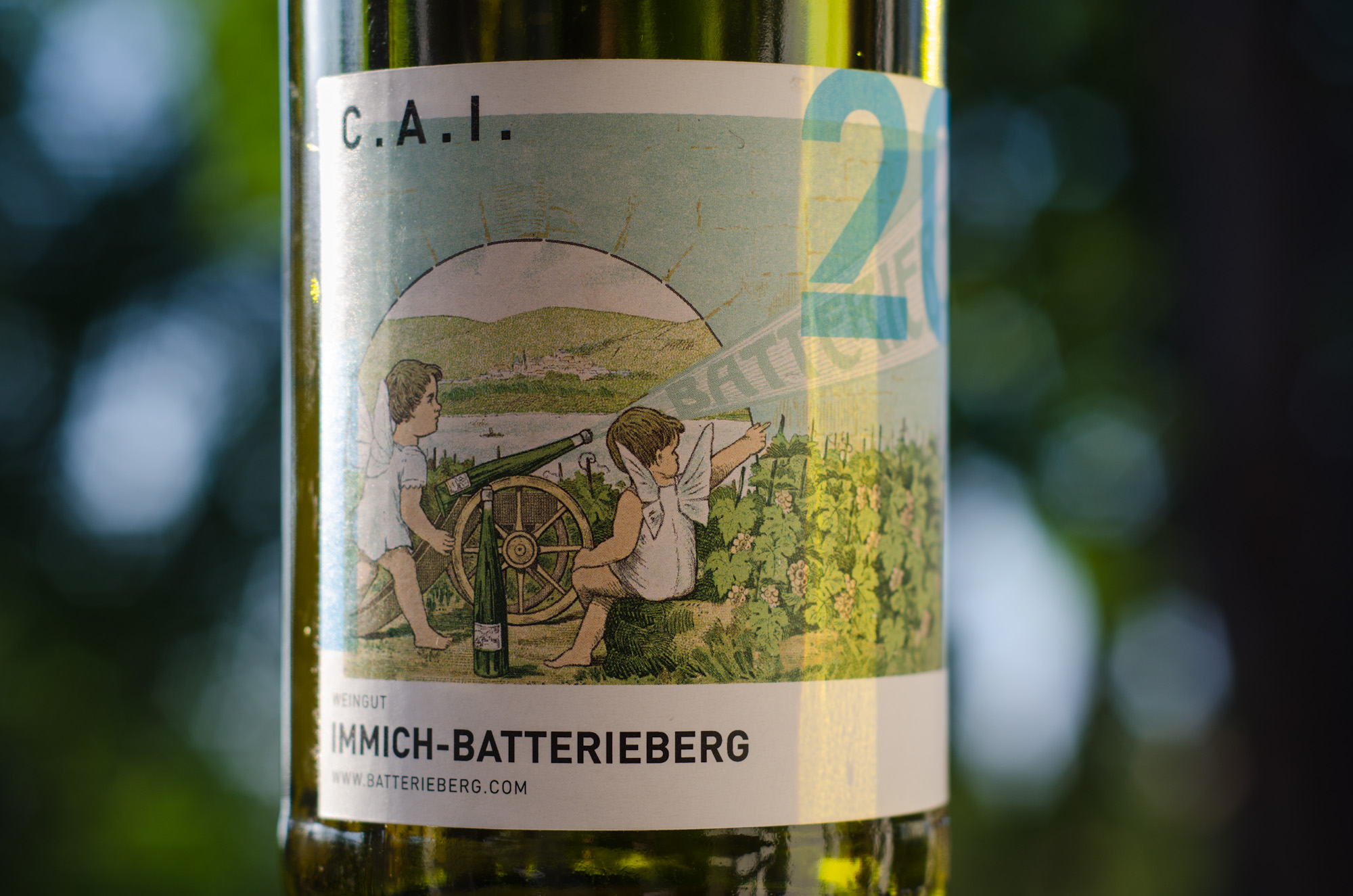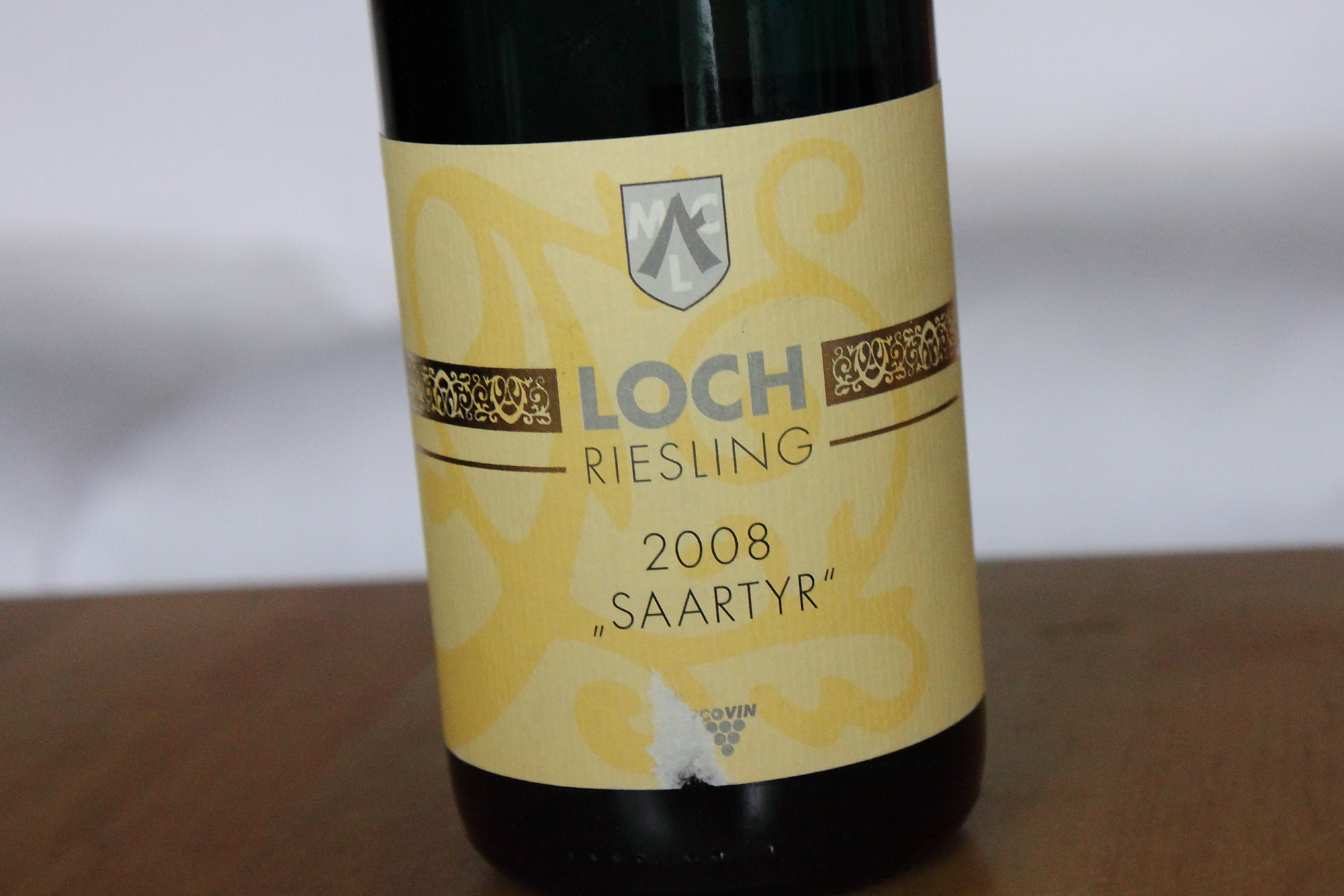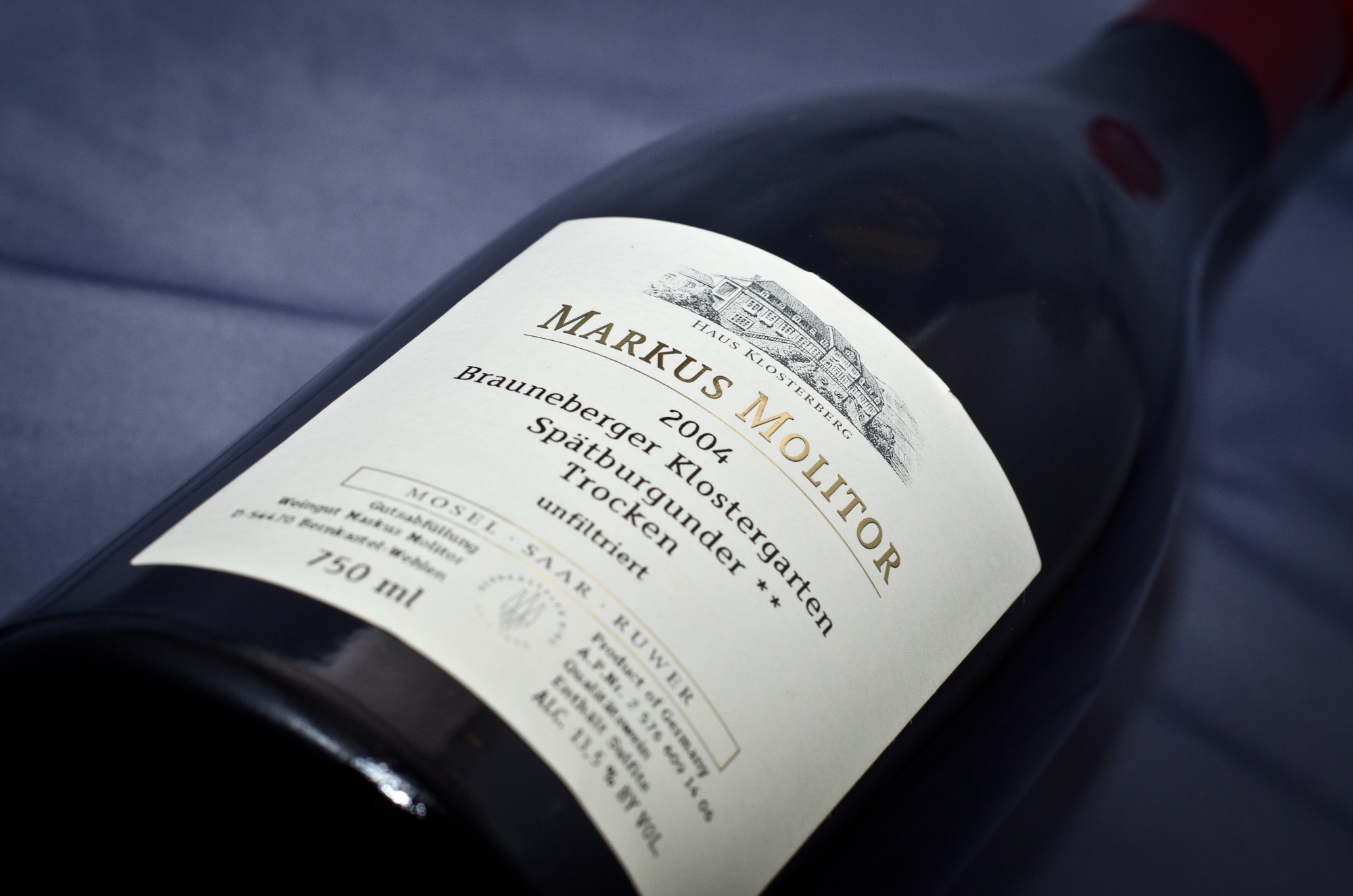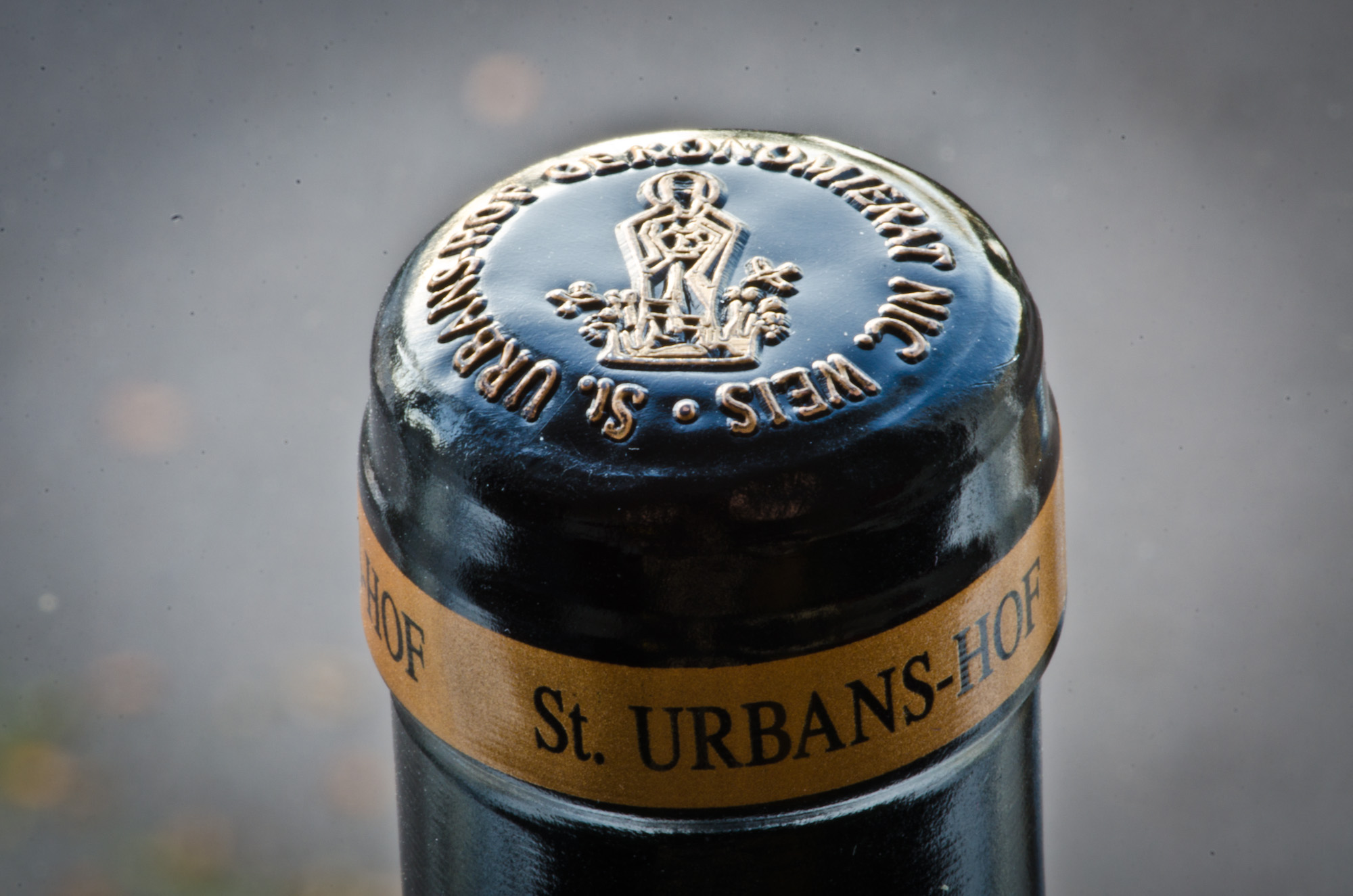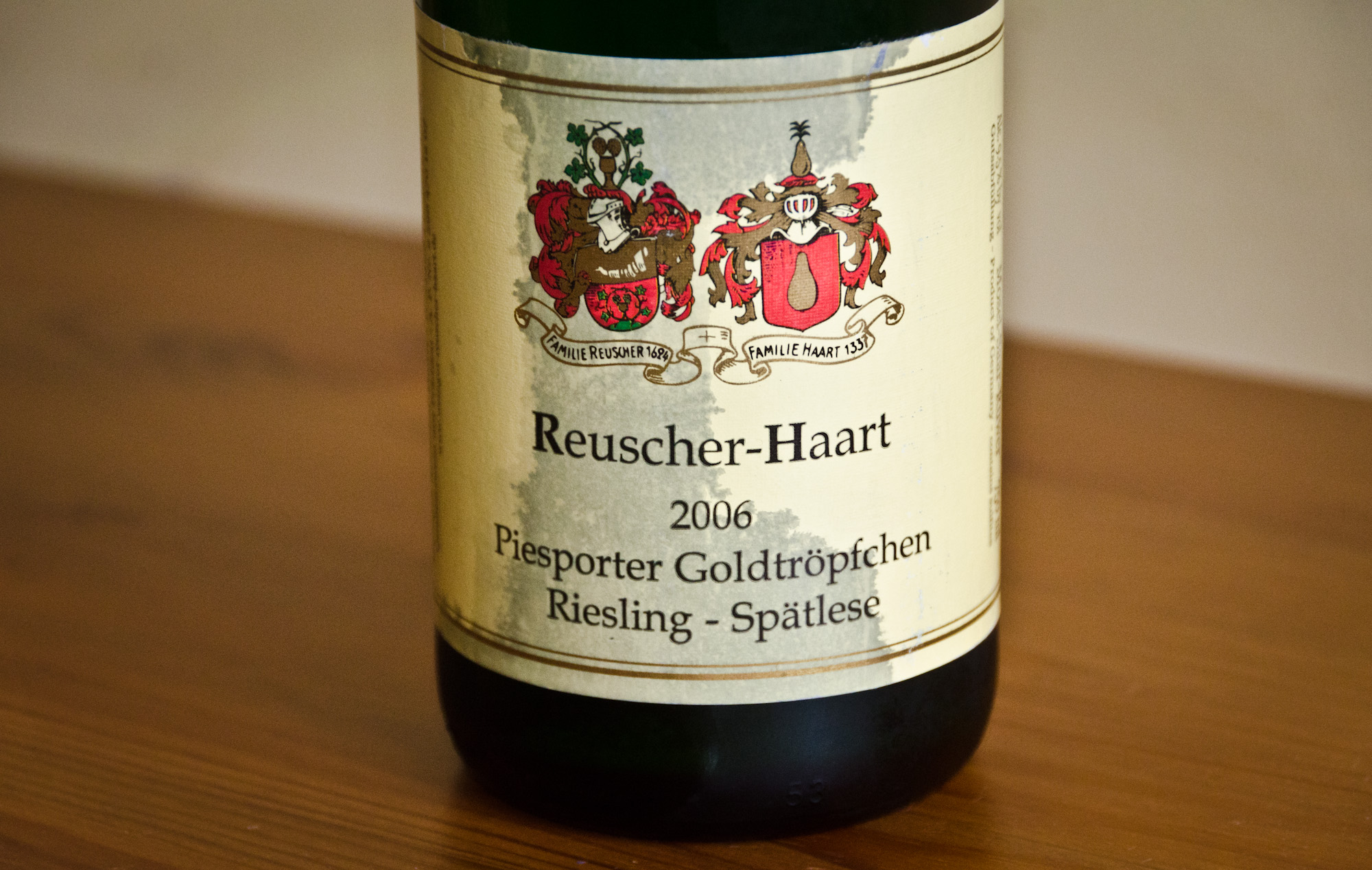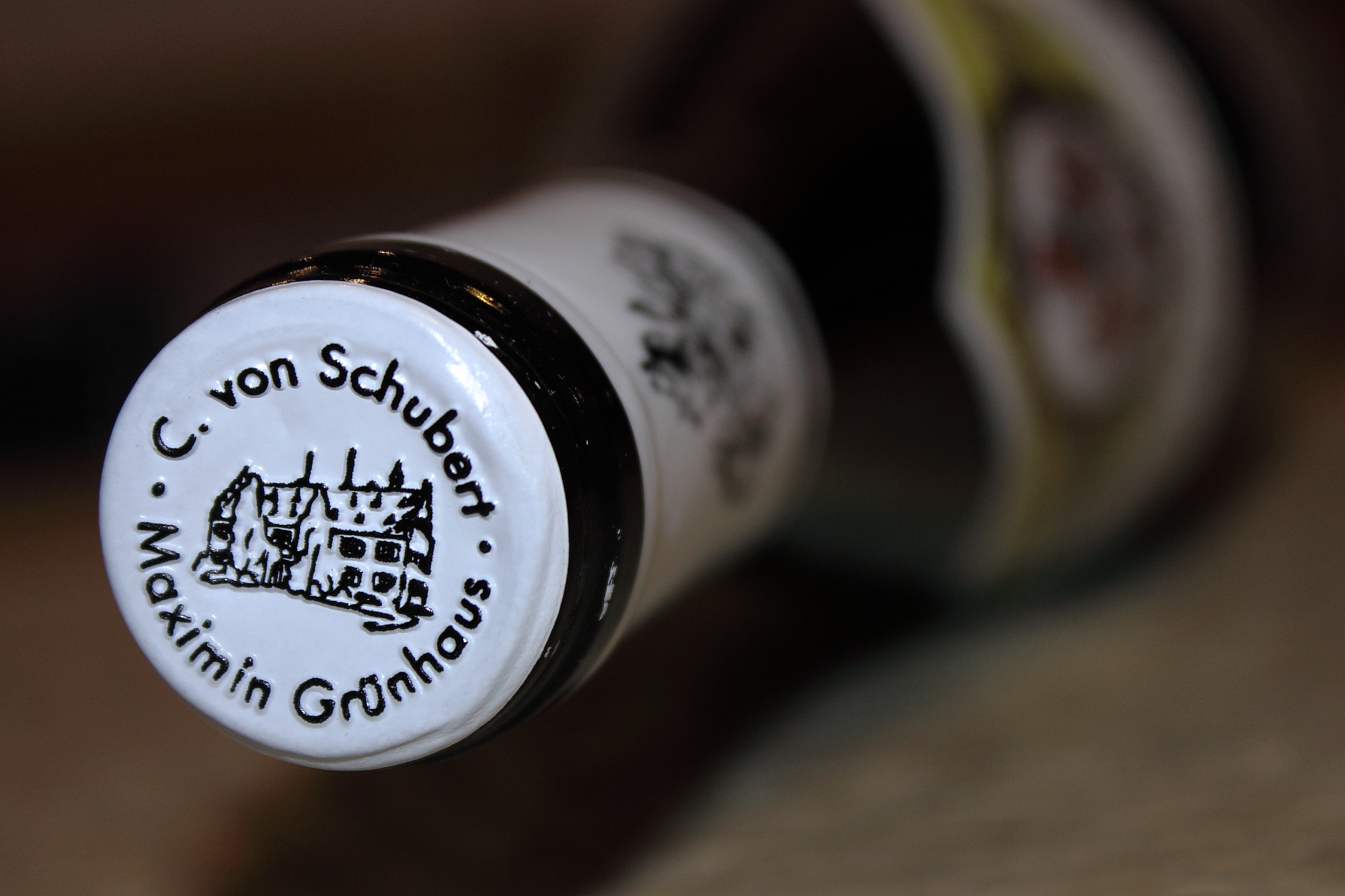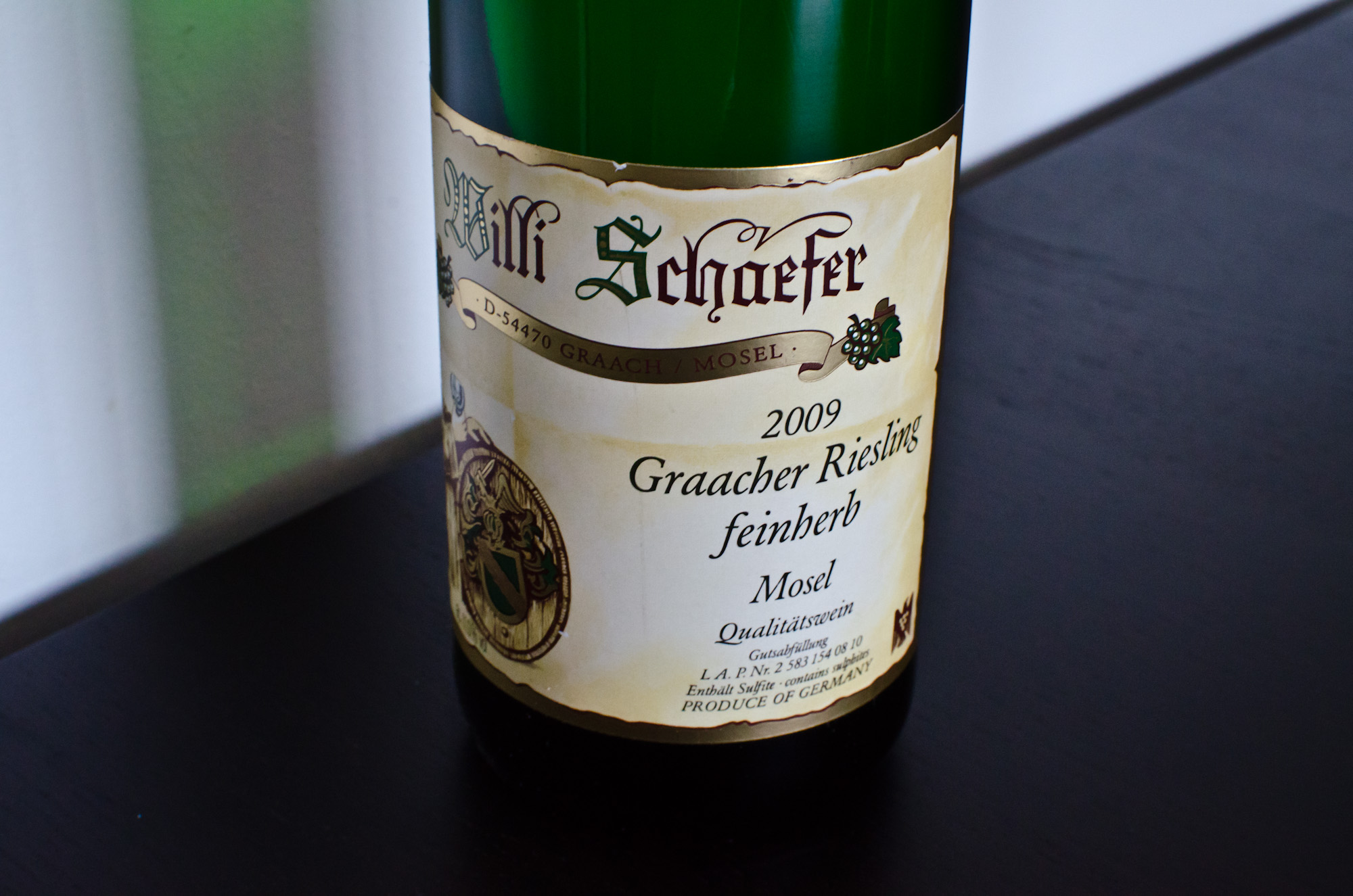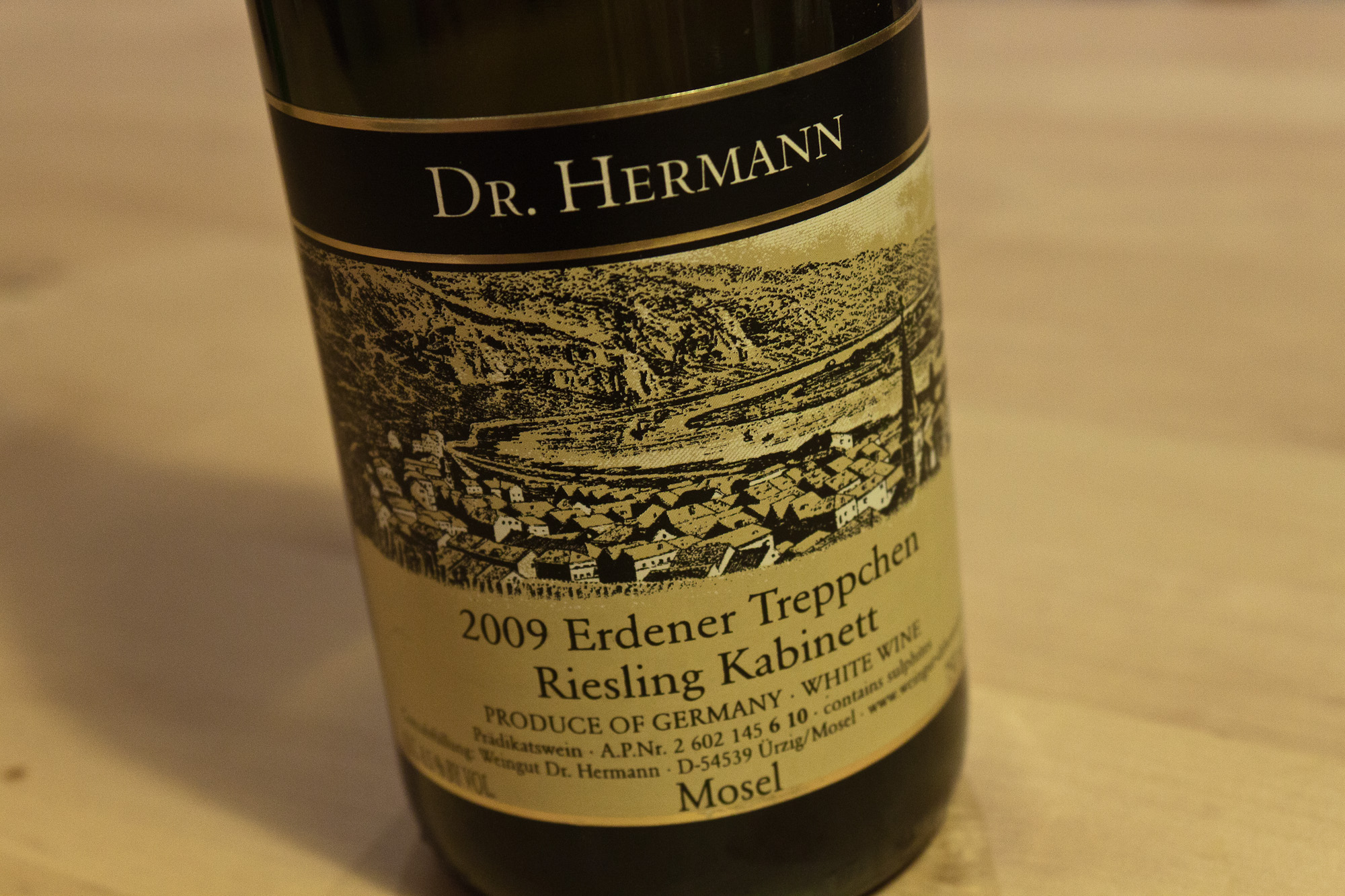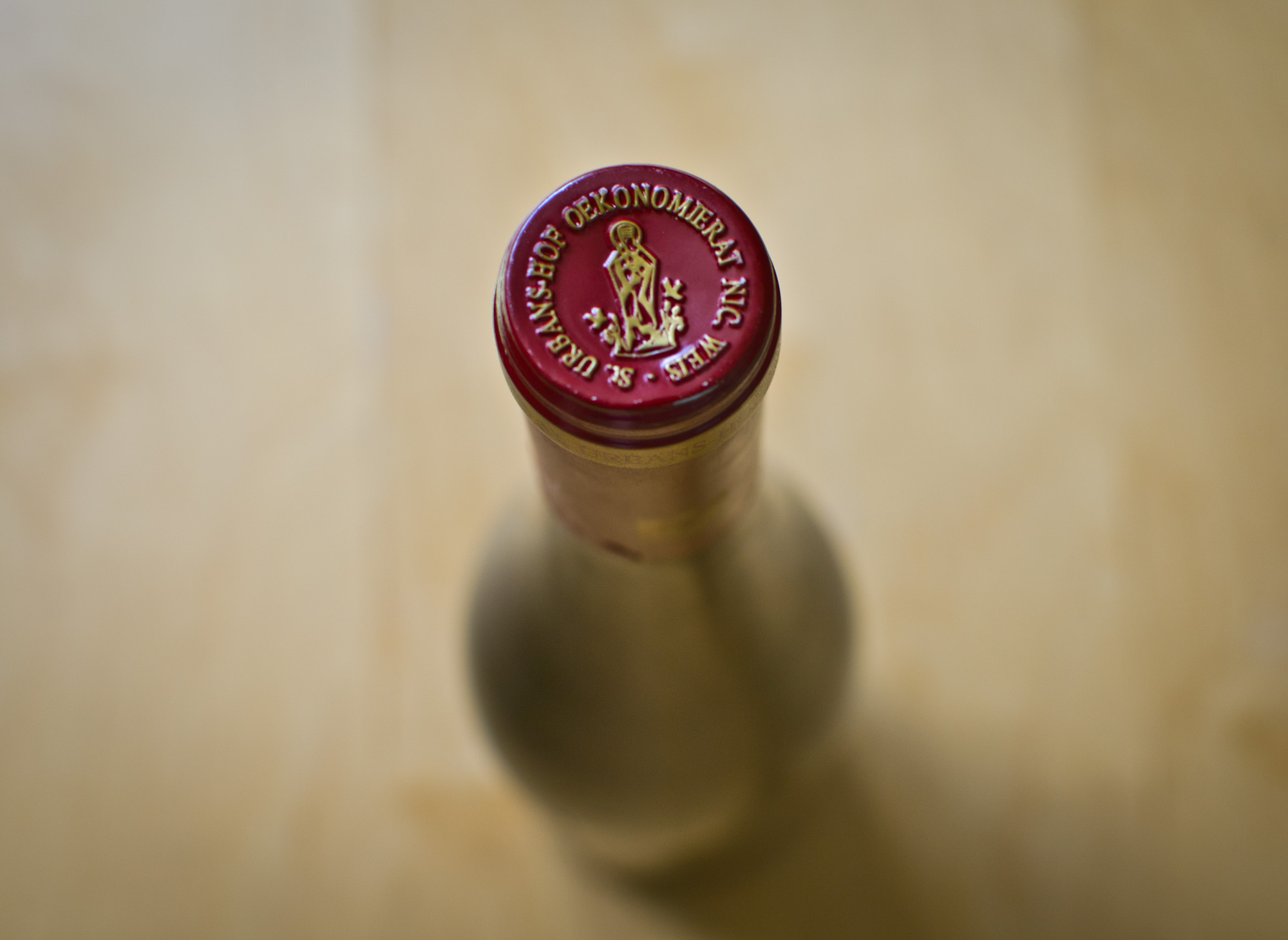Reinhold Haart, Piesporter Goldtröpfchen, Riesling Auslese, 2007
Following Julian's recent debacle with a Württemberg Riesling I felt our shocked and terrified readership is in need of comfort and reassurance. Will the Wine Rambler now drink Liebfraumilch only? Has German Riesling failed? Will Modern Talking re-unite? The world may indeed be doomed, I won't dare speculate what Dieter Bohlen might do, but I can assure you that German Riesling has not gone bad.
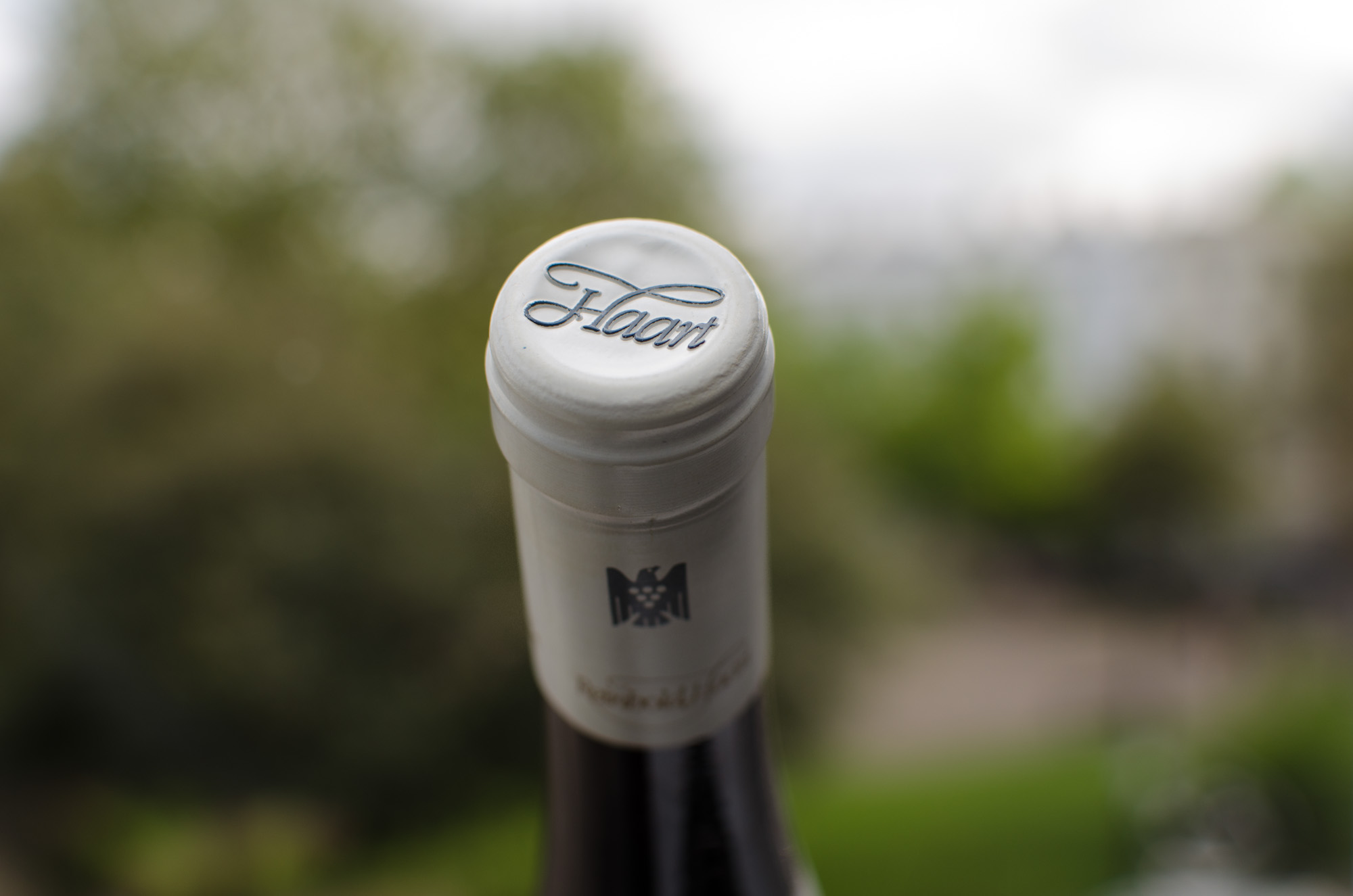
And to give us some comfort after the shocking events of last episode, here is a classic: Riesling Auslese from the Mosel.

